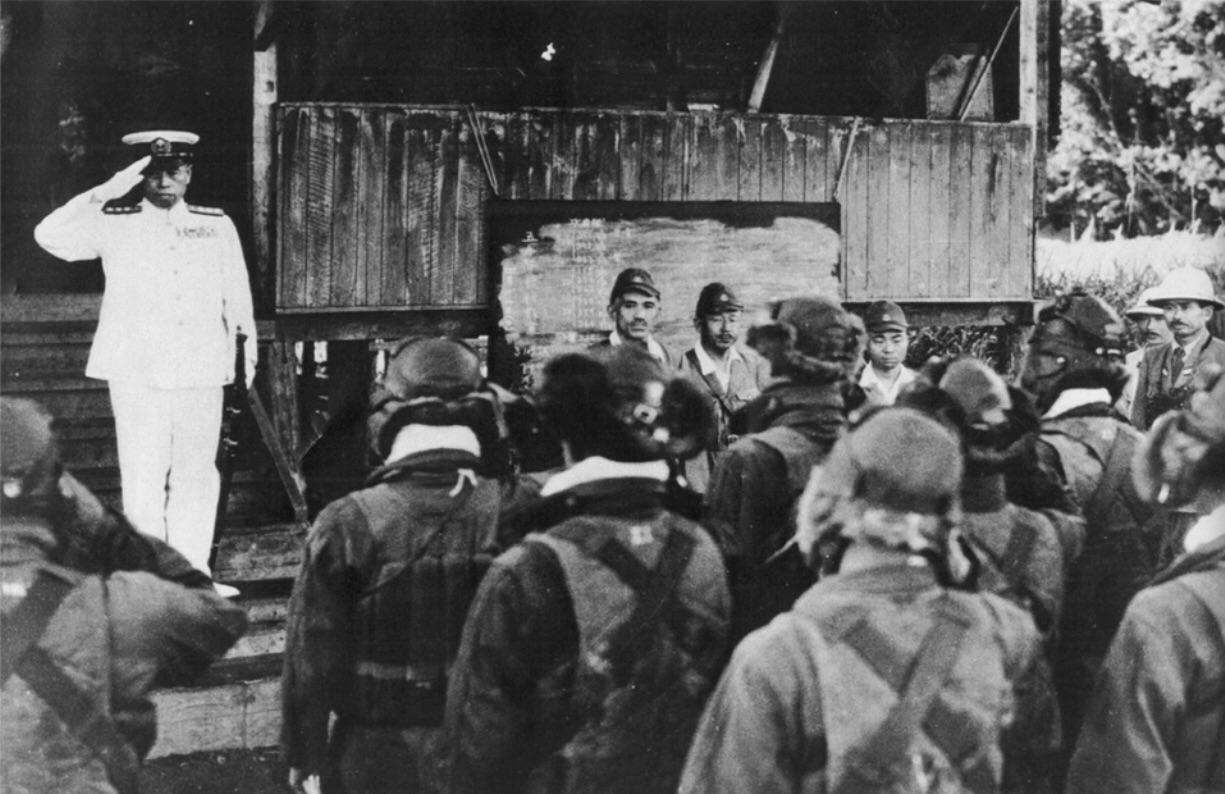TerraN_EmpirE
Tyrant King
Re: Aircraft Carriers II
Delft after the Russian navy was basically vaporized in the Ruso Japanese was there were really only two big players in the Pacific ocean. The USN And the IJN. From 1906 till the date that lives in infamy, every one was expecting a clash of these two titans. In fact the Pearl harbor attack was a direct action intended to counter what has to be the most poorly secured war plan in history. Plan Orange, which was a joint US Army Navy plan to hunt down and sink the Japanese navy. So were sailor told to expect a possible war with Japan? YES. Absolutely, but like the coming War between Japan and China or the war between Russia and the USA That every one expected in the Cold war. It was always preparatory until that Sunday morning on December 7th when Plan Orange was shredded and a whole new battle plan had to be written.
I read in a book about flattops, some forty years ago, that the crews were told on Dec. 5 that war with Japan was imminent.
Further reading in this thread suggests strongly that the book was wrong.
I especially likes the remarks by chuck on the Nomohan/ Khalkin Gol "incident". I do wonder how aware were the governments in Berlin, London and Paris of this war at the time.
Delft after the Russian navy was basically vaporized in the Ruso Japanese was there were really only two big players in the Pacific ocean. The USN And the IJN. From 1906 till the date that lives in infamy, every one was expecting a clash of these two titans. In fact the Pearl harbor attack was a direct action intended to counter what has to be the most poorly secured war plan in history. Plan Orange, which was a joint US Army Navy plan to hunt down and sink the Japanese navy. So were sailor told to expect a possible war with Japan? YES. Absolutely, but like the coming War between Japan and China or the war between Russia and the USA That every one expected in the Cold war. It was always preparatory until that Sunday morning on December 7th when Plan Orange was shredded and a whole new battle plan had to be written.

